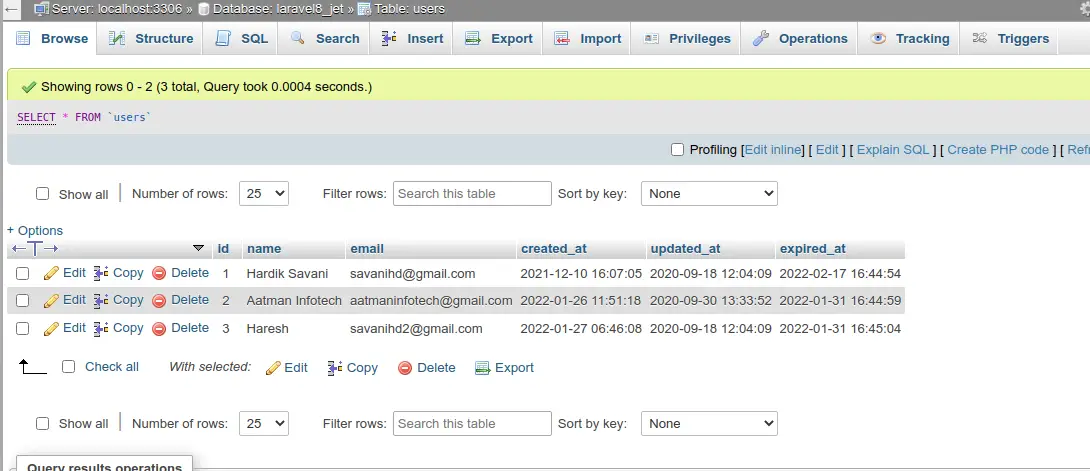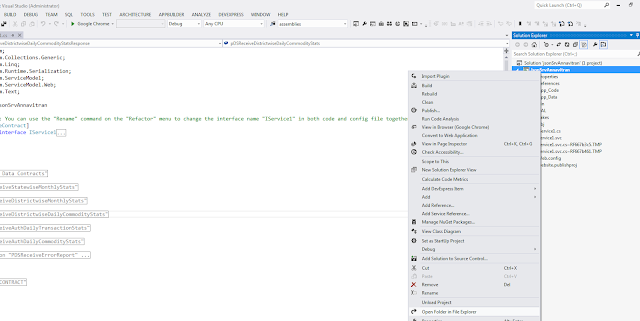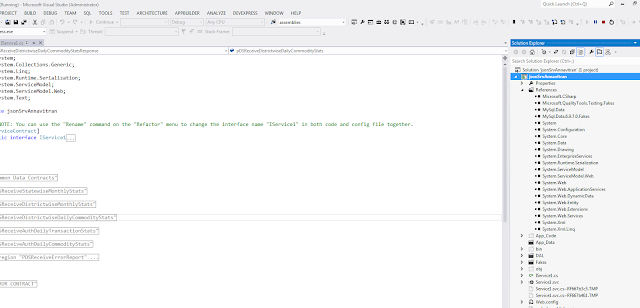How To Get Date In Sql Server
How To Get Date In Sql Server - Return the current database system date and time SELECT GETDATE Try it Yourself Definition and Usage The GETDATE function returns the current database system date and time in a YYYY MM DD hh mm ss mmm format Tip Also look at the CURRENT TIMESTAMP function Syntax GETDATE Technical Details Previous SQL Server Functions Next Syntax syntaxsql GETDATE Return Type datetime Remarks Transact SQL statements can refer to GETDATE anywhere they can refer to a datetime expression GETDATE is a nondeterministic function Views and expressions that reference this function in a column cannot be indexed The following example will show the ProductIDs with a startdate between 7 and 8 years ago using GETDATE as the current time SELECT Productid DATEDIFF YEAR StartDate GETDATE as years FROM Production ProductCostHistory WHERE DATEDIFF YEAR StartDate GETDATE BETWEEN 7 AND 8 SQL Convert Date to YYYYMMDD SQL CURRENT TIMESTAMP
If ever you are trying to find a simple and efficient way to enhance your performance, look no more than printable design templates. These time-saving tools are easy and free to utilize, offering a series of benefits that can help you get more performed in less time.
How To Get Date In Sql Server

Nr6ubrw6uwyb
 Nr6ubrw6uwyb
Nr6ubrw6uwyb
How To Get Date In Sql Server Firstly, printable templates can assist you remain arranged. By supplying a clear structure for your jobs, to-do lists, and schedules, printable templates make it simpler to keep everything in order. You'll never have to worry about missing out on deadlines or forgetting crucial jobs again. Secondly, utilizing printable templates can help you save time. By removing the need to develop brand-new documents from scratch every time you require to complete a job or prepare an occasion, you can concentrate on the work itself, rather than the documentation. Plus, numerous templates are personalized, enabling you to customize them to fit your requirements. In addition to conserving time and remaining arranged, using printable design templates can likewise help you remain motivated. Seeing your development on paper can be a powerful incentive, encouraging you to keep working towards your goals even when things get difficult. In general, printable design templates are a terrific way to boost your performance without breaking the bank. So why not give them a shot today and begin attaining more in less time?
The Techi Talkers 11 26 17
 The techi talkers 11 26 17
The techi talkers 11 26 17
There are multiple ways to get the current date in SQL Servers using T SQL and database system functions In this tutorial I will show the different functions discuss the differences between them suggest where to use them as a SQL Reference Guide I will then present several code usage examples Usage Options
This article will discuss an overview and use cases of the SQL Server GETDATE function which is used to return the current date and time of the system on which SQL Server instance is running There are several date time related functions in SQL Server for distinct requirements like SYSDATETIME CURRENT TIMESTAMP etc
The Techi Talkers 11 26 17
 The techi talkers 11 26 17
The techi talkers 11 26 17
The Techi Talkers 11 26 17
 The techi talkers 11 26 17
The techi talkers 11 26 17
Free printable templates can be a powerful tool for improving performance and attaining your goals. By selecting the right design templates, incorporating them into your regimen, and personalizing them as needed, you can simplify your daily tasks and take advantage of your time. So why not give it a try and see how it works for you?
To get the current date you can use the CONVERT function to convert the DATETIME value to a DATE as follows SELECT CONVERT DATE GETDATE Current Date Code language SQL Structured Query Language sql The following shows the output
Learn SQL SQL Server Date and time data types and functions Transact SQL Article 03 03 2023 18 contributors Feedback In this article Date and time data types Date and time functions Date and time related articles See also Applies to SQL Server Azure SQL Database Azure SQL Managed Instance Azure Synapse Analytics